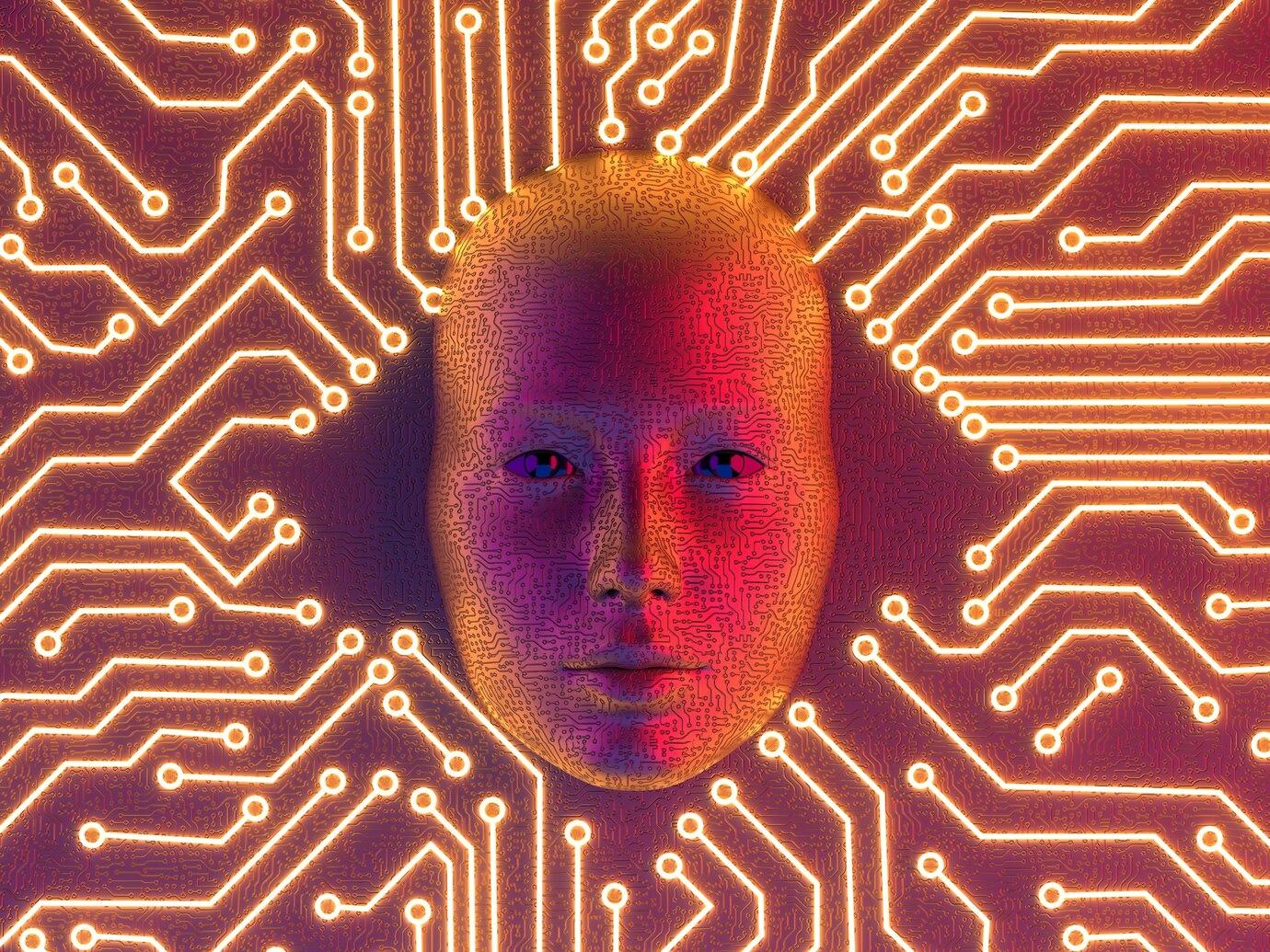In recent years, deepfake technology has become one of the most talked-about topics in the world, and not without reason. Artificial intelligence, which allows the creation of fake videos and audio, is both an exciting technology and a dangerous tool for fraudsters.
What is a Deepfake?
The term "deepfake" comes from the words "deep learning" and "fake" and refers to technology that uses artificial intelligence algorithms to create fake content, including videos and audio. Based on training a model on a multitude of images, neural networks can replace faces, overlay elements, and even synthesize speech, making deepfakes almost indistinguishable from real content.
Financial Crimes and Deepfakes: How Are They Related?
Fraudsters are increasingly beginning to integrate deepfakes into their financial crime schemes. Using these technologies, they can create fake calls, counterfeit videos, and even conduct imitation negotiations with victims. This gives them the opportunity to deceive people and gain access to the victims' funds and confidential information.
Deepfake technology allows them to mimic the faces of well-known people, corporate executives, and sometimes even the close relatives of the victims. As a result, fraudsters can request money, transfers, or even gain access to bank accounts using genuine trust based on fake content.

Ways Fraudsters Use Deepfakes
One of the most common ways to use deepfakes is to create fake videos. Fraudsters can create a video where, for example, the CEO of a successful company talks about launching an exclusive investment, promising high returns. Victims, seeing such a video, may quickly decide to invest money without verifying the information.
Many victims trust such materials because they appear credible. This is due to the high degree of detail and realism with which these videos are created. Research shows that 70% of users can mistakenly take a deepfake for a genuine recording, which highlights the danger of this technology.
Another form of fraud involves the use of deepfakes in phone calls. Fraudsters can use speech synthesis technologies to mimic the voice of a well-known person to convince the victim of the need to transfer funds or disclose confidential information.
For example, a criminal may call the victim pretending to be one of her acquaintances, claiming to be in a distressing situation. They can use recorded fragments of the real voice to increase the level of credibility. It is noteworthy that such schemes are becoming more sophisticated and complex.
Identity theft using deepfakes is another way of financial fraud that has gained popularity. Fraudsters can create fake profiles on social networks or online banking platforms using deepfakes to edit real people's photos.
Deception Through Artificial Intelligence
Artificial intelligence has not only simplified the creation of deepfakes but also opened new horizons for fraudsters. For example, using machine learning technologies and natural language processing, fraudsters can execute complex deception schemes, creating scenarios that seem very plausible.
At the same time, victims often cannot determine that they are communicating with a program and not a real person. Moreover, platforms for creating deepfakes are available to anyone who wishes, making this technology prone to abuse.

Real Cases of Financial Fraud with Deepfakes: Scams with Large Companies
In one recent case, fraudsters used deepfakes to deceive a large company. They created a fake video where the company's CEO claimed that an urgent financial transaction was necessary. As a result, the victim transferred a substantial amount to the fraudsters' account, believing in the legitimacy of the situation.
Another striking example is when a fraudster uses a deepfake to simulate a call from bank employees. He told the victim that her account had been compromised and that funds needed to be transferred for protection. Fraudsters used limited data about the victim obtained before the call to create an appearance of trustworthiness.

How to Protect Yourself from Deepfakes?
Being cautious with deepfake protection is important as they become more sophisticated. Here are some recommendations that can help:
Conduct Thorough Verification
If you receive a video call or message from a well-known person, always verify the information through alternative communication channels. For example, you can call back on a number already in your contacts and ask about the situation.
Learn the Technologies
Understanding the principles of how deepfakes work and their structure can help you recognize them more easily. There are services that help determine whether a video is a deepfake.
Remember to Be Careful
Be vigilant, especially if an offer seems too good to be true. Do not rush to send money or provide personal information. Verify information and refer to legitimate sources.

Conclusion
Deepfakes are a significant phenomenon of modern times, bringing not only interesting technologies but also threats, especially in the financial sector. Fraudsters have already begun to carry out their operations using deepfakes, identity theft, and fake calls, which requires society to adopt a new level of thinking and vigilance.
We hope the information provided will help you protect yourself and your loved ones from financial scams involving deepfakes and strengthen your defenses in the world of technology.
 >
>